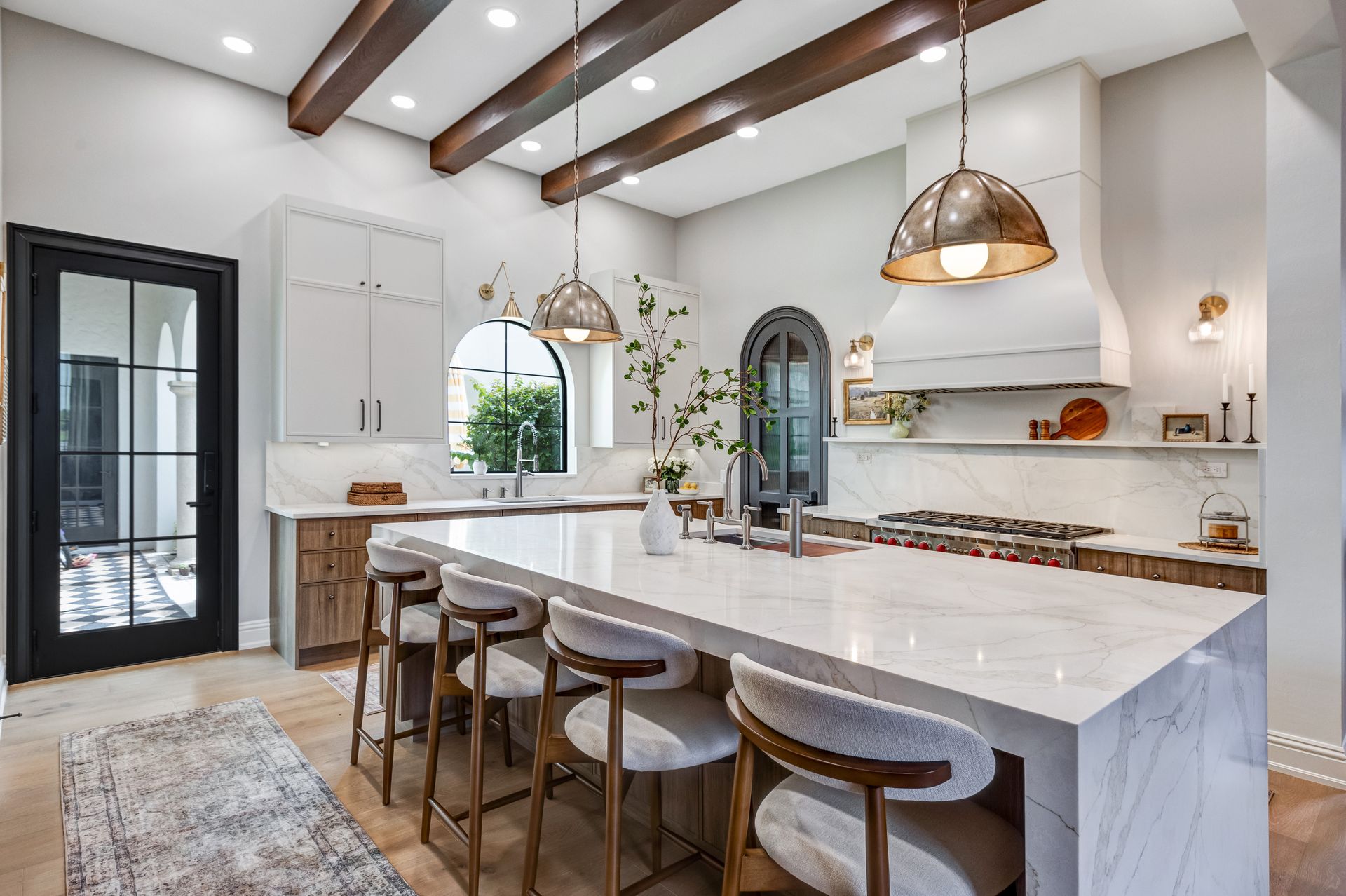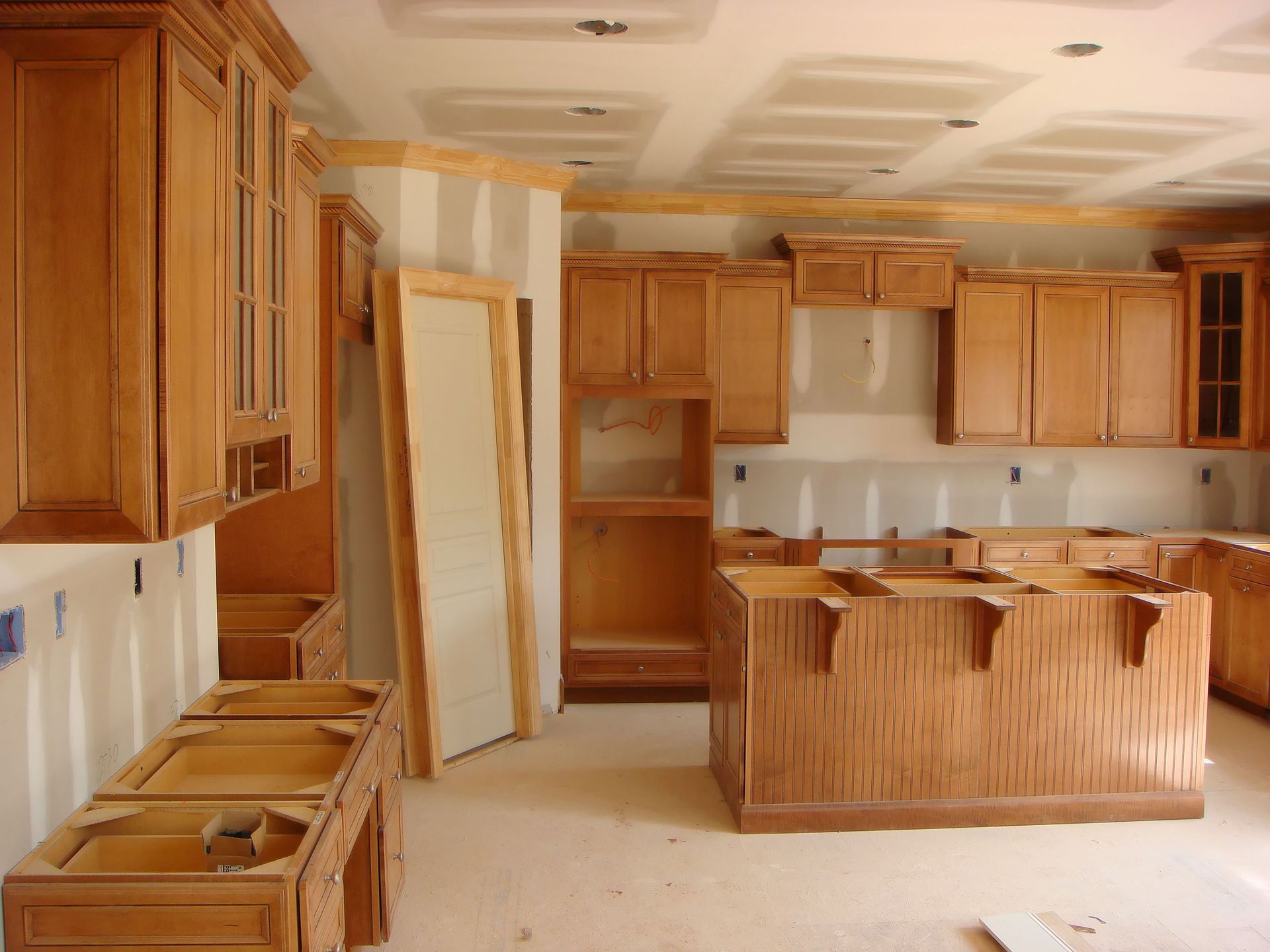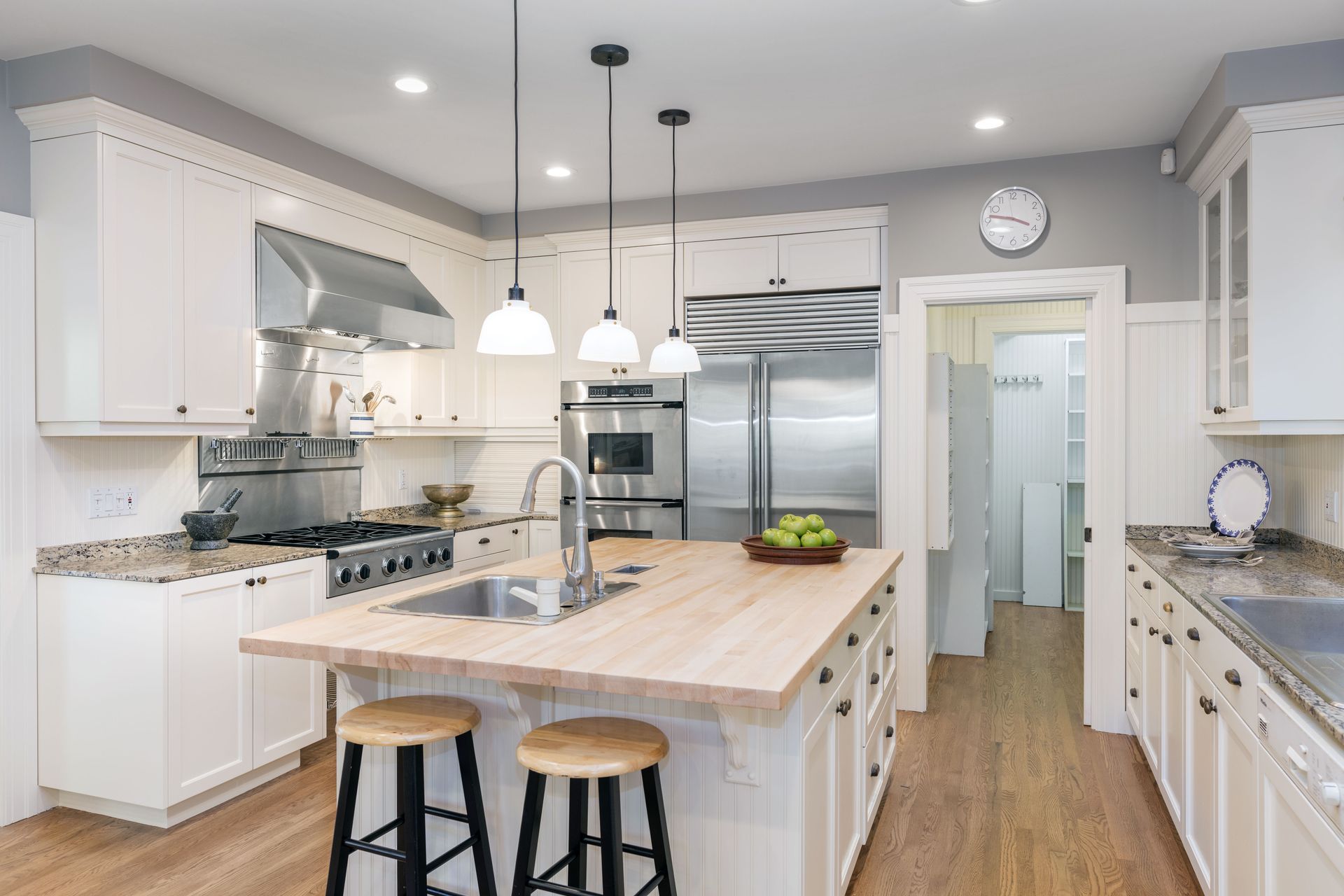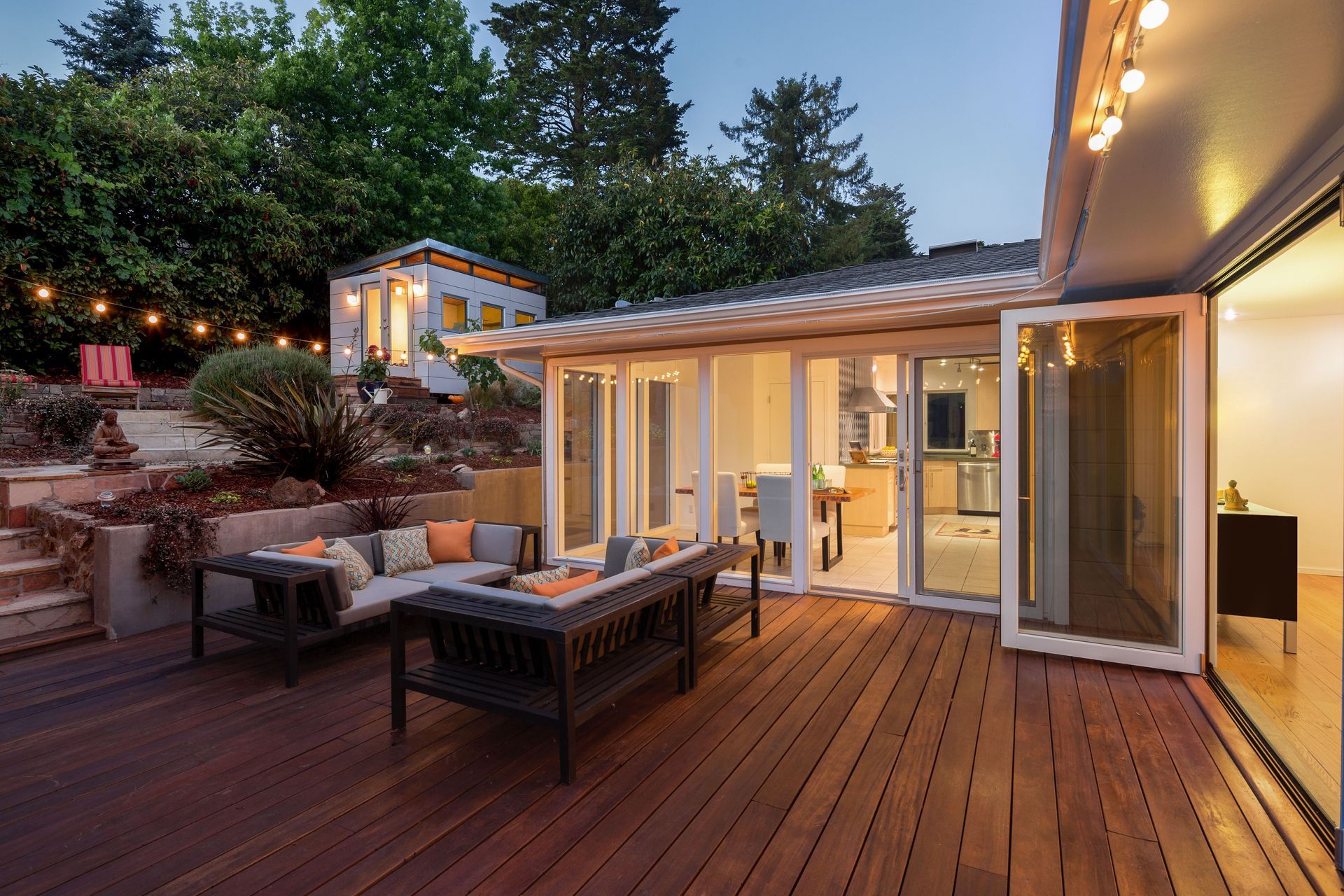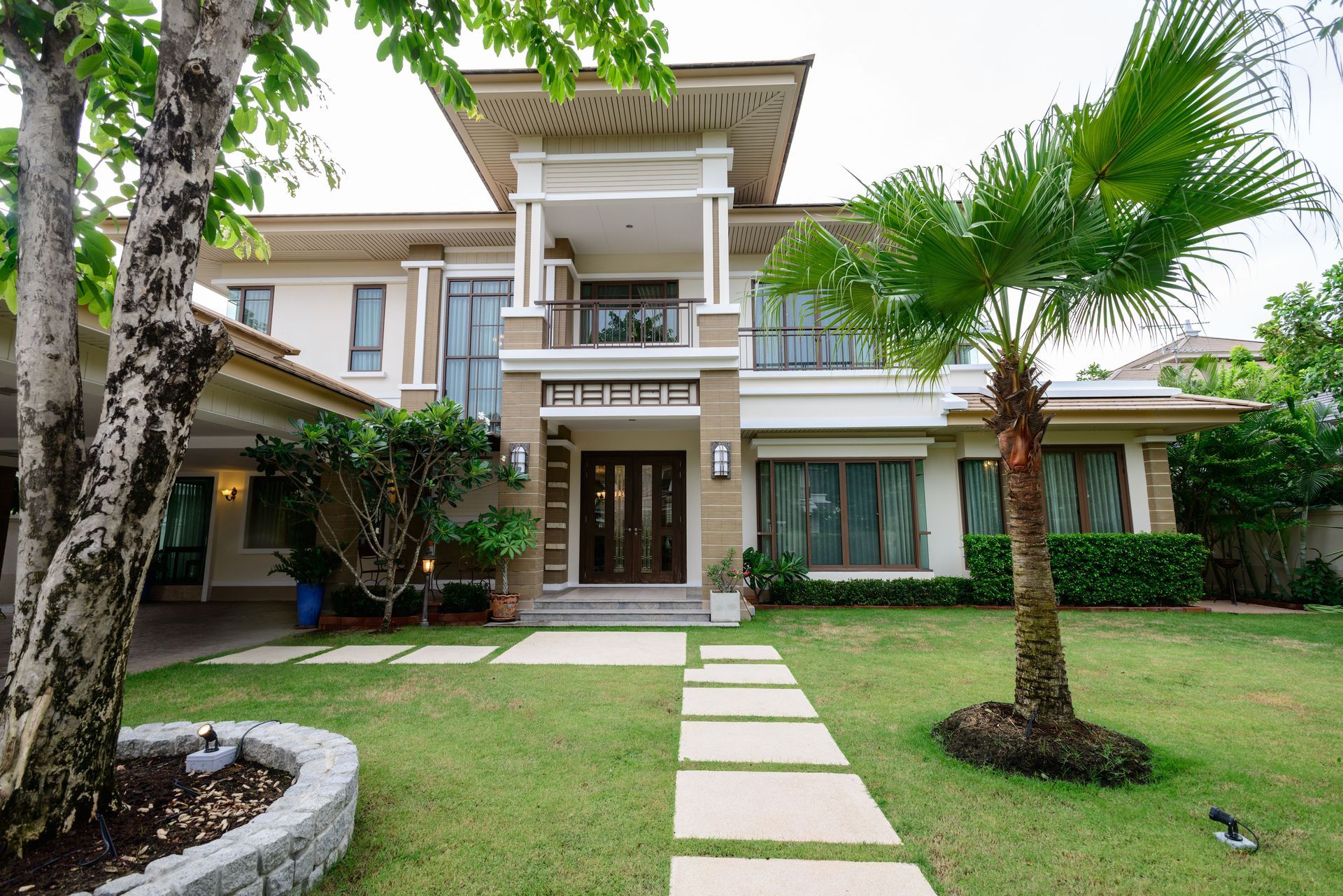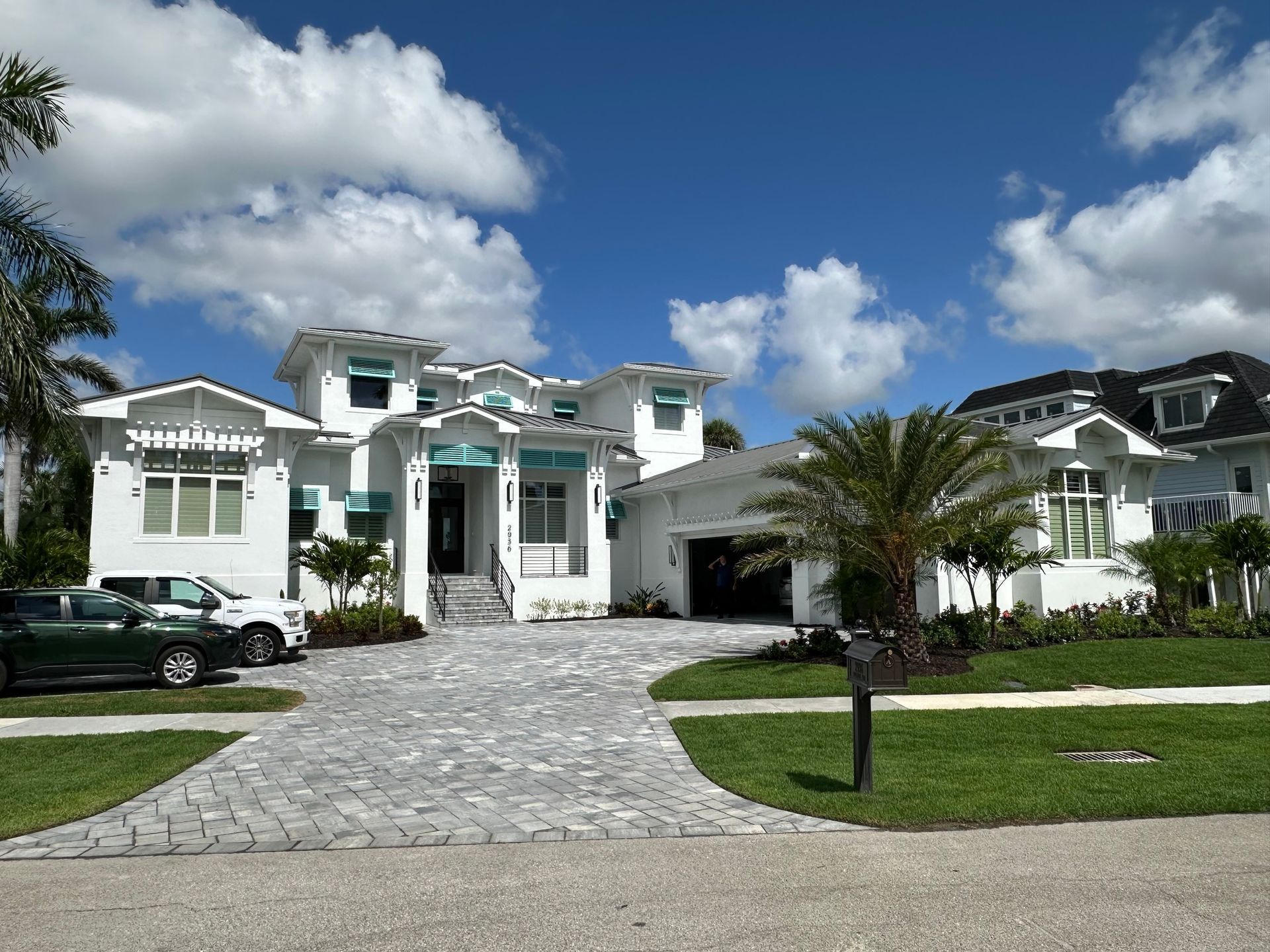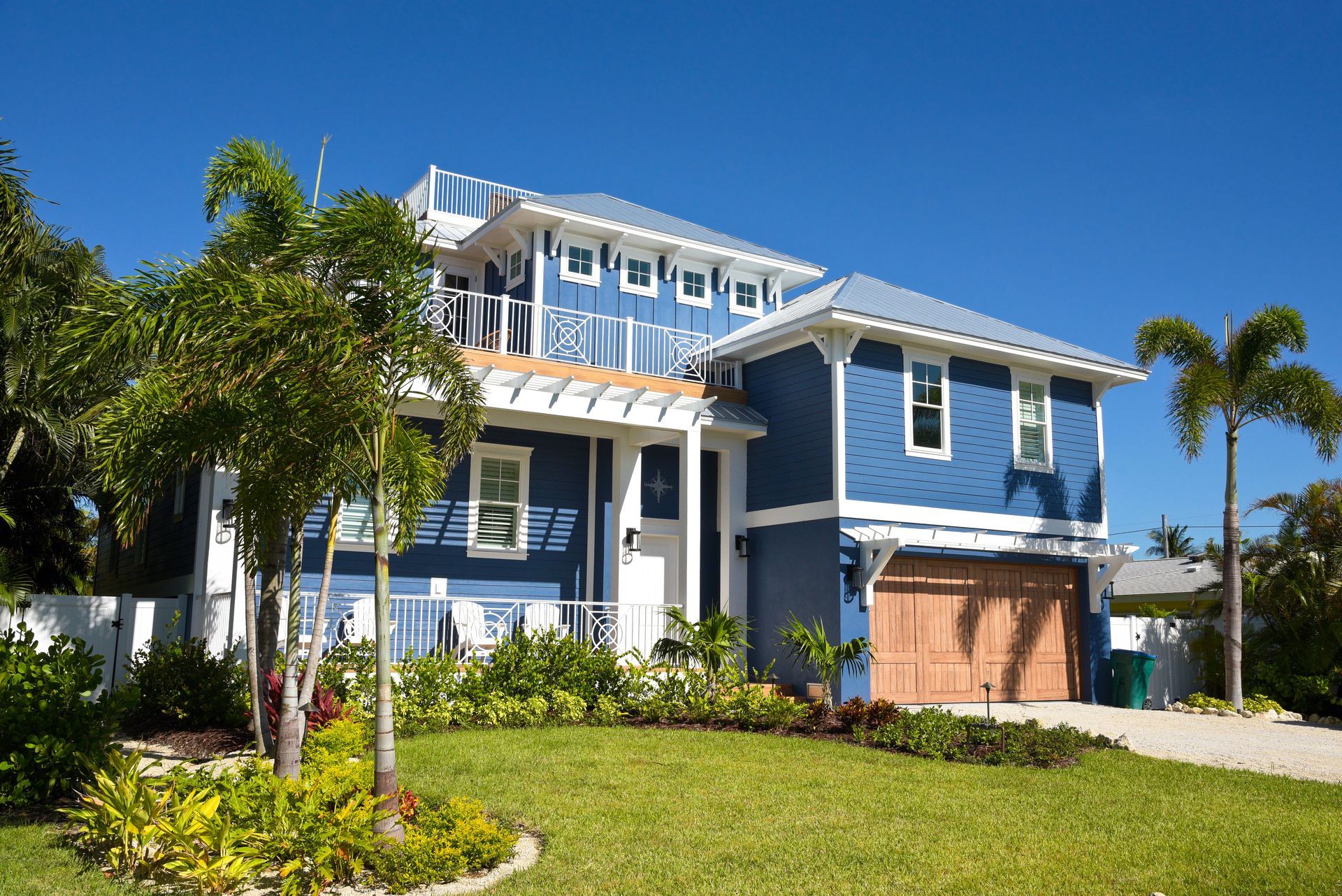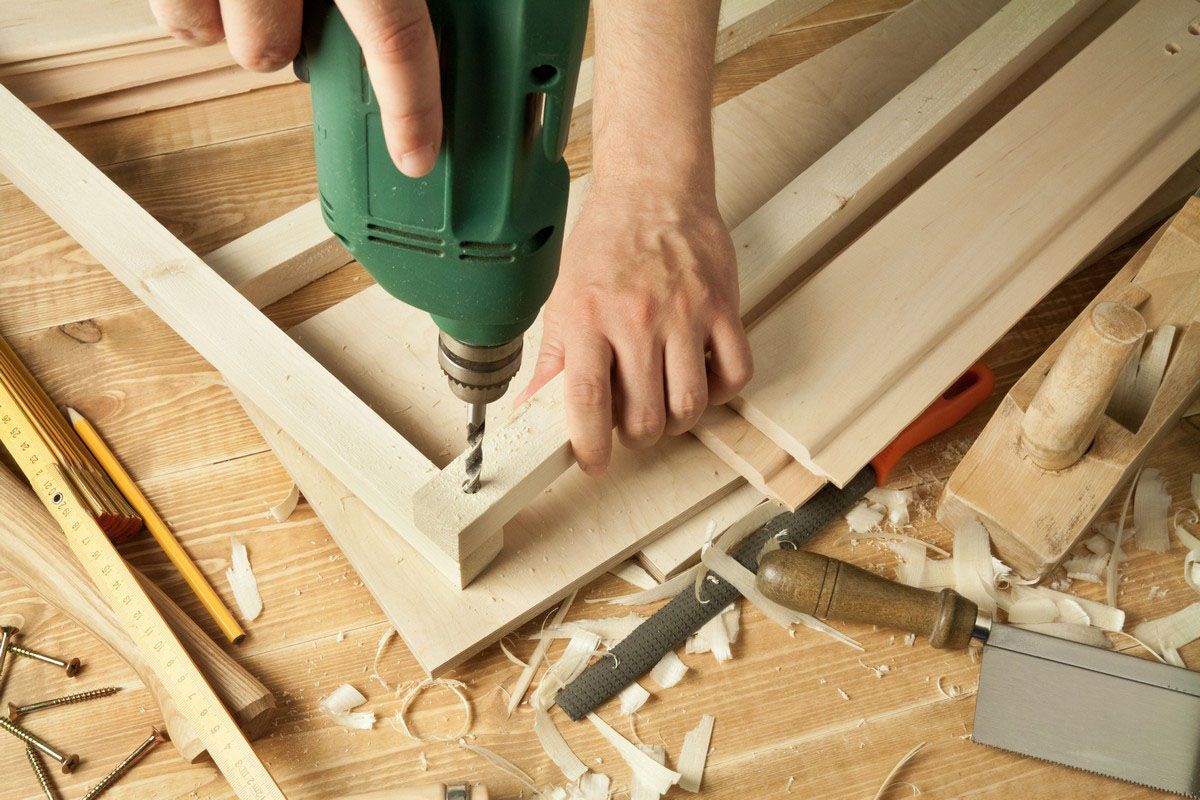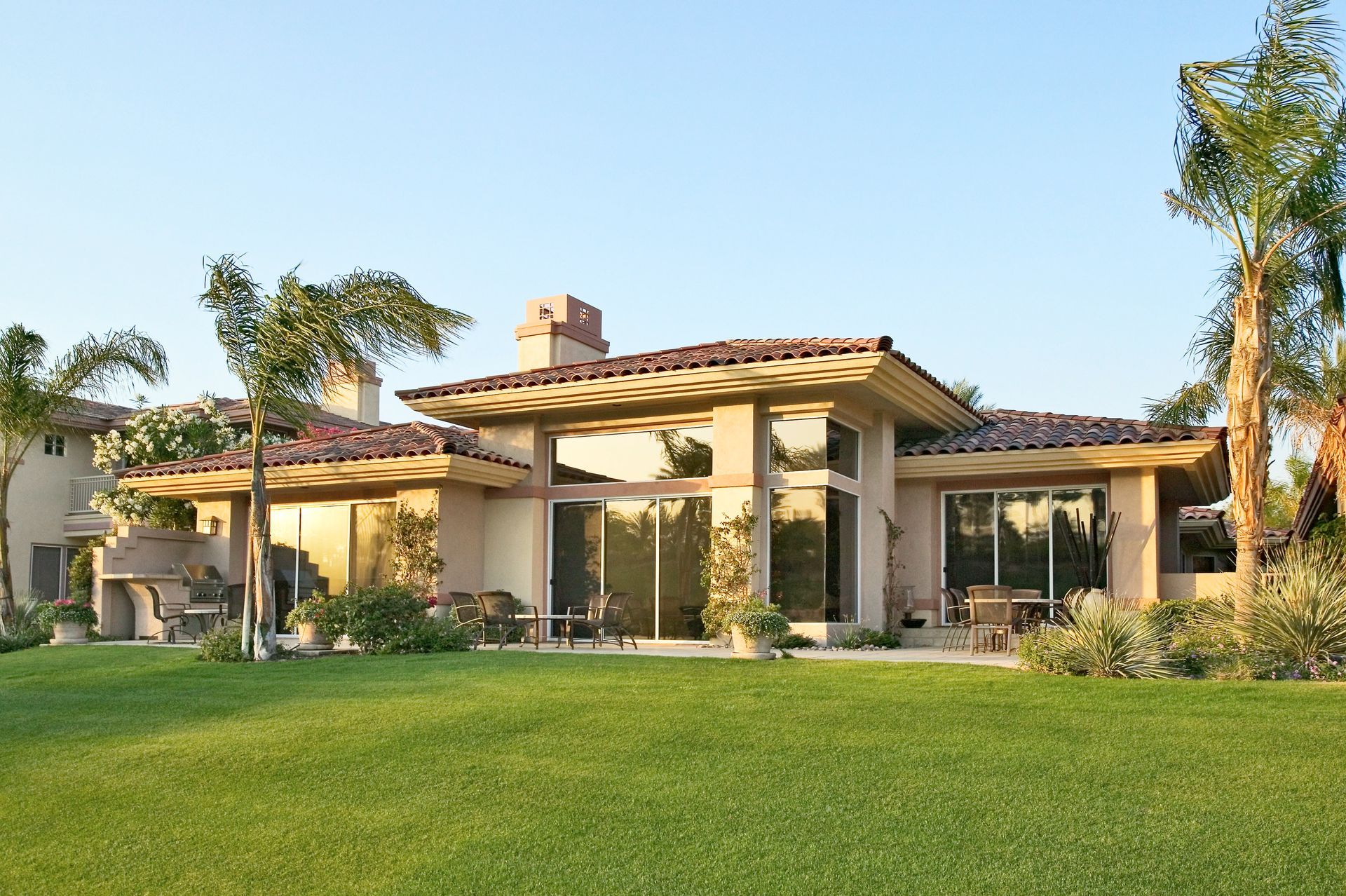Learn How Home Remodeling Can Increase House Value
When homeowners consider improving their properties, they often think about comfort, functionality, and personal style. Yet one of the most practical benefits of these projects is the way they can boost resale value. Home remodeling can transform a dated property into one that feels modern, efficient, and appealing to today's buyers. From curb appeal and interior upgrades to energy-efficient systems and functional layouts, every project has the potential to add meaningful worth. For homeowners looking to sell in the near future—or simply build equity for the long term—understanding how remodeling impacts value is an essential part of planning smart investments.
Improving Curb Appeal, Improving Perception
Home remodeling begins at the curb. The first impression potential buyers get is often from the exterior: the landscaping, the paint, the windows, and the roofline. When you invest in exterior upgrades—fresh siding, modern paint colors, clean walkways, well-maintained shrubbery—you are doing more than making your house look nice. You are sending a signal that the home has been cared for. Prospective buyers tend to assign more value to homes where they see minimal deferred maintenance.
A homeowner who updates the front door, adds stylish light fixtures, or installs new landscaping may see not just aesthetic returns, but financial returns as well. Because home remodeling that boosts curb appeal often has a strong return on investment, it is one of the most effective ways to increase your house's value without enormous expense. Buyers often make quick judgments based on how a property looks from the outside, and that perception often carries through when they decide on what they are willing to pay.
Upgrading Kitchen, Upgrading Marketability
If there is one room in the house that can strongly influence buyer interest, it's the kitchen. According to the National Association of Realtors, in 2024, realtors recommended a kitchen remodel to 30% of homeowners prior to selling their house. Such a recommendation happens because buyers are drawn to kitchens with modern appliances, quality countertops, attractive cabinetry, sufficient lighting, and efficient layouts.
When you undertake home remodeling in the kitchen, you transform a culinary workspace into a key selling point. Even modest upgrades—upgrading hardware, replacing old fixtures, re-facing cabinets—can shift perceptions, making the home feel more current and worth substantially more in comparative market value. Buyers tend to equate a beautiful kitchen with a well-maintained home overall, which can give your property a competitive edge.
Renovating Bathrooms, Renovating Comfort
Bathrooms are another area where home remodeling brings both comfort and value. When bathrooms are outdated—think old tile, worn cabinetry, dim lighting—they detract from the appeal of the whole home. Renovations that add new vanities, modern faucets, better lighting, or refreshed tile can make a marked difference. Buyers often assess bathrooms closely, because these areas are costly to rework themselves.
A well-executed bathroom remodel improves usability, hygiene, and comfort. It also reassures buyers that plumbing and finishes have been maintained. In many cases, a bathroom upgrade contributes proportionally to value nearly as much as the cost of the work, especially in homes where bathrooms are aging or not up to today's expectations. Adding luxuries such as heated flooring, walk-in showers, or soaking tubs can further elevate the property's desirability.
Feeling Spacious, Feeling Functional
One of the most compelling aspects of home remodeling is how it affects layout and functionality. Removing walls to create open floor plans, adding square footage by finishing basements or attics, reconfiguring rooms so that flow improves—all of these changes can make a home feel larger and more liveable without necessarily expanding its footprint.
Homes that feel cramped or compartmentalized lose appeal, even if square footage is technically sufficient. Functionality improvements—better storage, more natural light, updated HVAC or insulation—also factor in. A remodeled space that works well for modern living tends to fetch a higher price because buyers prioritize not just looks, but how homes will perform long term for daily life. A home that feels spacious and well designed often sparks emotional connection, which can translate into stronger offers.
Modernizing Systems, Modernizing Worth
A crucial, though often overlooked, part of home remodeling involves systems: heating, cooling, plumbing, electrical, insulation, windows. Even the best-looking home will lose value if its systems are failing or inefficient. Updating HVAC units, replacing old windows, adding insulation, upgrading electrical panels—these changes may not be flashy, but they are powerful in increasing value.
They reduce maintenance concerns and lower operating costs. Buyers are willing to pay a premium for homes that promise lower utility bills, fewer repairs, and greater reliability. When home remodeling addresses these essential systems, the value increase tends to be steady and significant, especially in regions with harsh climate or stringent building codes. Modern, efficient systems can also appeal to eco-conscious buyers who are looking for sustainable living solutions.
Choosing Projects, Choosing Returns
Not all home remodeling efforts produce equal returns. It becomes important to choose projects that align with both your local market and your budget. High-impact areas like kitchens and bathrooms usually lead the pack, but outdoor living spaces, curb appeal, and system modernizations often follow closely.
Consider what buyers in your area expect—do they prize outdoor kitchens, expansive patios, porches, energy efficiency? Does installing hardwood floors appeal in your neighborhood? Are steel appliances considered standard or luxurious? When you align your remodeling choices with buyer priorities, you maximize the gains. Choosing high-quality materials and hiring skilled professionals will often cost more up front, but those costs show up in the resale appraisal or offers. Strategic decision-making ensures you are not over-improving your property relative to the neighborhood, while still capturing meaningful value increases.
Protecting the Investment, Protecting Value
After completing home remodeling, ongoing maintenance is key. Value can erode if repairs are ignored: peeling paint, leaks, damaged trim, failing roofing. A remodeled space that is neglected soon can lose much of the value it gained. Homeowners who schedule regular checkups of roofing, check caulking in bathrooms and kitchens, maintain HVAC units, and keep exterior finishes in good shape help preserve the value add of their remodeling.
Similarly, keeping design timeless rather than hyper-trendy helps your home appeal to a broad range of buyers years down the road. Neutral colors, quality finishes, and classic design features are less likely to feel dated quickly, meaning your remodeling efforts will retain their positive influence on value long after the work is completed.
Home remodeling is more than just making your house prettier; it is making it more valuable. From improving curb appeal and kitchen upgrades to bathroom renovations, system modernizations, and functional layout improvements, each form of remodeling contributes to marketability, buyer interest, and ultimately price. With thoughtful selections, alignment to local trends, and ongoing care, you can transform your home into one that not only feels like your best version of home, but one that commands respect in the market. By investing smartly in home remodeling, you set your home up to earn substantially more when it's time to sell—or enjoy significantly more value while you live there. If you're looking for a reliable home remodeling company, don't hesitate to reach out to LHS New Construction & Remodeling today. Our expert team offers custom home building, design and remodeling services, kitchen and bathroom remodeling services, outdoor space design, and more. Call today!

